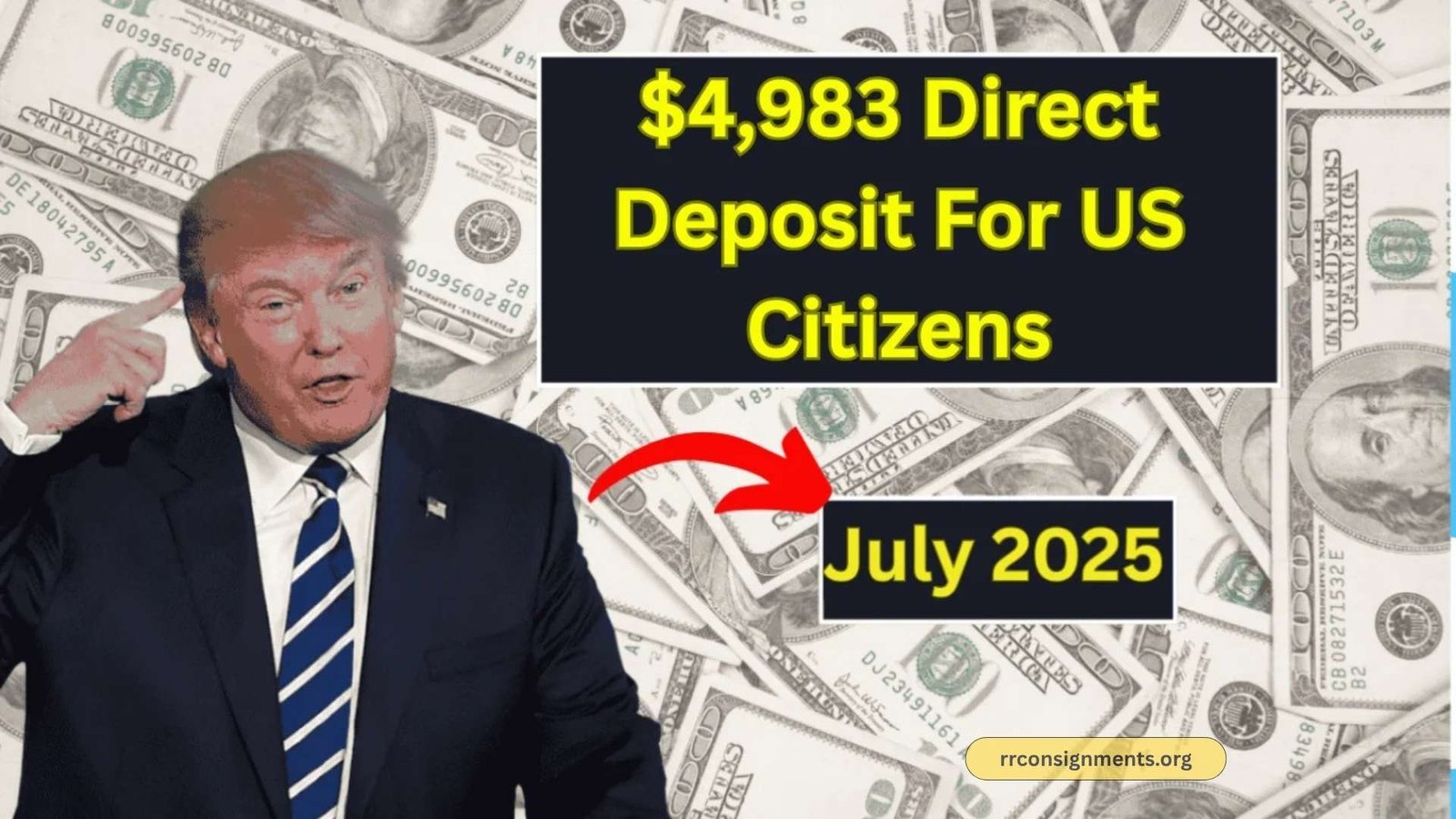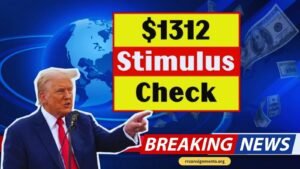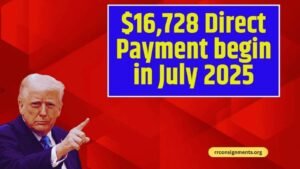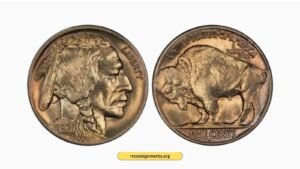In July 2025, a rumored $4,983 direct deposit payment is generating buzz across the United States. This article breaks down everything you need to know about this potential financial relief program, including who qualifies, how to claim it, and when payments might arrive. Written in simple language, this guide ensures you understand the process clearly. Let’s dive into the details!
What Is the $4,983 Direct Deposit Program?
The $4,983 direct deposit is said to be a one-time payment aimed at supporting Americans facing financial challenges due to rising costs. While details are still emerging, this program may be part of a government or state-led initiative to provide economic relief. The goal is to help people cover essentials like groceries, rent, or medical expenses.
Why Is This Payment Happening?
Economic pressures, such as inflation and increasing living costs, have prompted discussions about financial aid. This direct deposit could be a response to these challenges, targeting individuals and families who need extra support. However, official confirmation from authorities is still pending, so stay updated through reliable sources.
Who Is Eligible for the $4,983 Payment?
Not everyone will qualify for this payment. Based on similar programs, eligibility criteria often include factors like income, age, or residency. Here’s a breakdown of potential requirements:
| Criteria | Details |
|---|---|
| Income Level | Likely for low- to middle-income individuals or households. |
| Residency | Must be a U.S. citizen or legal resident in a participating state. |
| Age | May be limited to adults (18+), with possible exceptions for seniors. |
| Tax Filing Status | You may need to have filed taxes for 2024 or 2025 to qualify. |
| Other Benefits | Receiving other benefits (like SNAP or Medicaid) might affect eligibility. |
Note: These criteria are based on typical relief programs. Check official government websites for exact details once announced.
Special Considerations
- Seniors and Retirees: Some programs prioritize older adults, especially those on Social Security or pensions.
- Families: Households with dependents might receive additional funds or have different eligibility rules.
- Unemployed Individuals: If you’re unemployed, you may still qualify if you meet income thresholds.
How to Claim the $4,983 Direct Deposit
Claiming the payment will likely involve a straightforward process, but you’ll need to act quickly once details are released. Here’s a step-by-step guide to prepare:
Step 1: Verify Eligibility
Check official sources like IRS.gov or your state’s government website to confirm if you qualify. Avoid unofficial websites to prevent scams.
Step 2: Gather Documents
You may need:
- Social Security Number (SSN) or Individual Taxpayer Identification Number (ITIN)
- Proof of income (e.g., recent tax returns or pay stubs)
- Bank account details for direct deposit
- Proof of residency (e.g., utility bill or driver’s license)
Step 3: Submit an Application
If an application is required, it may be available online through a government portal or in person at local offices. Follow instructions carefully to avoid delays.
Step 4: Set Up Direct Deposit
Ensure your bank account information is updated with the IRS or relevant agency. Direct deposits are faster than mailed checks.
Step 5: Monitor Updates
Sign up for email alerts from official sources to stay informed about deadlines and requirements.
Payment Schedule for July 2025
The exact payment schedule is not yet confirmed, but based on past relief programs, here’s what to expect:
| Payment Date | Details |
|---|---|
| Early July 2025 | Initial payments may start for those with direct deposit set up. |
| Mid-July 2025 | Additional batches for eligible individuals who applied early. |
| Late July 2025 | Final payments or mailed checks for those without direct deposit. |
Payments are typically sent in waves, prioritized by application date or eligibility status. Direct deposits arrive faster, often within days, while checks may take weeks.
How to Avoid Scams
With any financial relief program, scams are a risk. Here are tips to stay safe:
- Official Sources Only: Use trusted websites like IRS.gov or state government portals.
- No Upfront Fees: Legitimate programs don’t ask for payment to process claims.
- Protect Personal Info: Never share your SSN or bank details with unverified sources.
- Beware of Fake Emails: Scammers may send emails posing as government agencies. Verify the sender’s email address.
What to Do If You Don’t Qualify
If you’re ineligible for the $4,983 payment, explore other options:
- Local Assistance Programs: Check with your state or county for other financial aid.
- Nonprofits: Organizations like United Way or local charities may offer support.
- Tax Credits: Look into federal or state tax credits, like the Earned Income Tax Credit (EITC).
Conclusion
The $4,983 direct deposit in July 2025 could provide significant relief for eligible Americans. While details are still emerging, preparing now by checking eligibility, gathering documents, and staying informed will help you claim the payment smoothly. Always rely on official sources to avoid scams and ensure you receive accurate information. Stay proactive, and keep an eye on updates to secure your financial support.
FAQs
1. Who qualifies for the $4,983 direct deposit?
Eligibility likely includes low- to middle-income individuals, U.S. citizens or legal residents, and those who filed recent taxes. Exact criteria will be confirmed by official sources.
2. When will the payments be sent out?
Payments may start in early July 2025 for direct deposits, with additional batches through late July. Check official announcements for the exact schedule.
3. How do I apply for the payment?
You may need to submit an application online or in person. Check IRS.gov or your state’s government website for instructions.
4. Can I get the payment if I’m on Social Security?
Possibly, depending on the program’s rules. Seniors on Social Security may have specific eligibility criteria.
5. What should I do to avoid scams?
Stick to official websites, avoid sharing personal information with unverified sources, and never pay fees to claim the payment.




